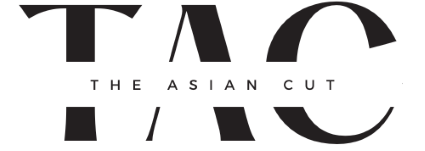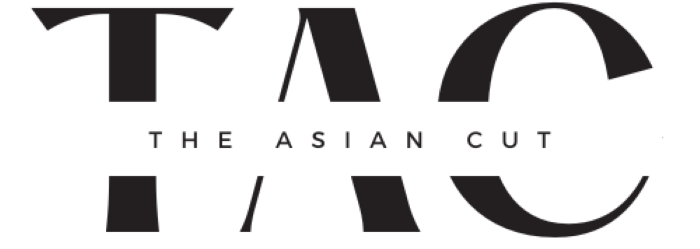Good films take time to make – that’s the philosophy that director/writer Hayao Miyazaki and the team at Studio Ghibli take when it comes to their craft. Case in point, production of The Boy and the Heron took approximately seven years and the animation was hand-drawn by 60 animators.
Released in Japan over the summer, The Boy and the Heron premiered internationally as the feature gala presentation at the 2023 Toronto International Film Festival. True to the spirit of Studio Ghibli movies that fans have come to love, it’s a stunning masterpiece of animation full of whimsy.
This semi-autobiographical work by Miyazaki revolves around the young protagonist, Mahito Maki (voiced by Soma Santoki), grieving over his mother’s death a year after a terrible fire took her life. His father (Takuya Kimura) has moved on by relocating the family from Tokyo to the countryside, and remarrying his late wife’s younger sister. Mahito’s father and new stepmother (Yoshino Kimura) already have a child on the way and he doesn’t get along with the other students at school making him feel out of place at home and at school. He also continues to relive the trauma of the night his mother died through flashbacks, contrary to the idyllic family life that everyone else around him experiences. To further his stress, a talking Gray Heron (Masaki Suda) harasses him about his mother’s death.
The title in its original Japanese, 君たちはどう生きるか, translates to “How Do You Live?” which is a reference to the 1937 novel of the same title by Genzaburō Yoshino, a commonly-read piece of literature in Japan. The book appears in the film as an item that Mahito discovers in his room; a note in his mother’s handwriting in the front of the book explains that she intended for it to be a gift to him when he got older. The story of The Boy and the Heron and the novel How Do You Live? have parallel plots about growing up with grief and being guided by an uncle figure.
Mahito is interrupted from reading the novel when a search party goes out for his ill stepmother who’s missing in the woods nearby. There, he finds the pesky Gray Heron that leads him and one of the housemaids, Kiriko (Ko Shibasaki), into a magical world.
Similar to other iconic Miyazaki films like Spirited Away and Kiki’s Delivery Service, the film features a complex young protagonist at a crossroads in their life. However, The Boy and the Heron is far from a children’s movie, instead dealing with mature themes about loss, comparable to other Studio Ghibli films such as The Wind Rises or Princess Mononoke.
Though the plot can be confusing, focusing on Mahito’s growth during his childhood grounds the story, helping audiences navigate the film. Like other Ghibli works, The Boy and the Heron is best enjoyed when not taken too literally, rather immersing yourself into the visual experience while keeping in mind there are no bad guys here — just misunderstood characters.
At its heart, The Boy and the Heron asks, “What will you choose to guide you on your path to adulthood?” Will you let what guides you be your grief, your family values, your passions, or is there something else that you want to follow? What kind of a person do you want to become?
How do you live?

















